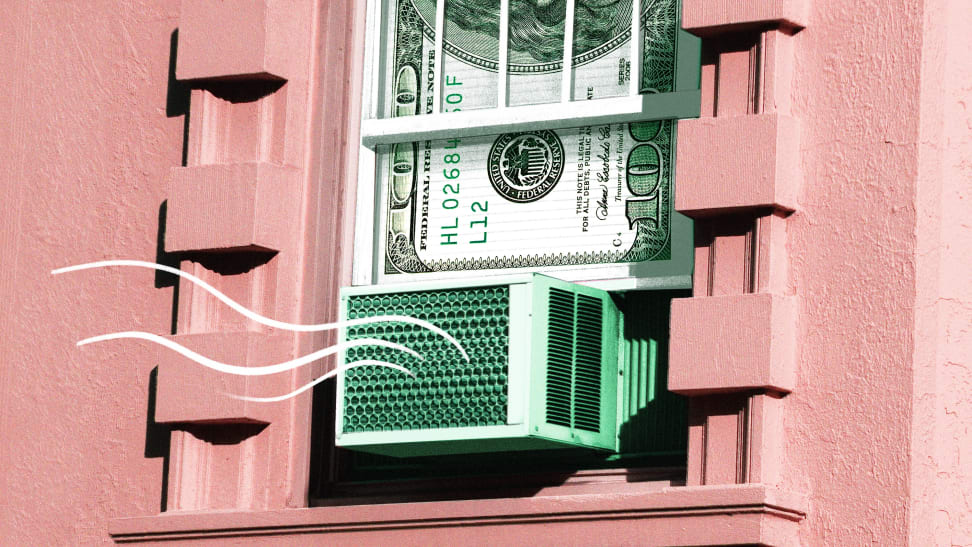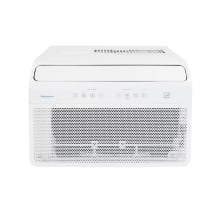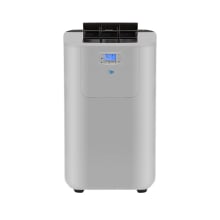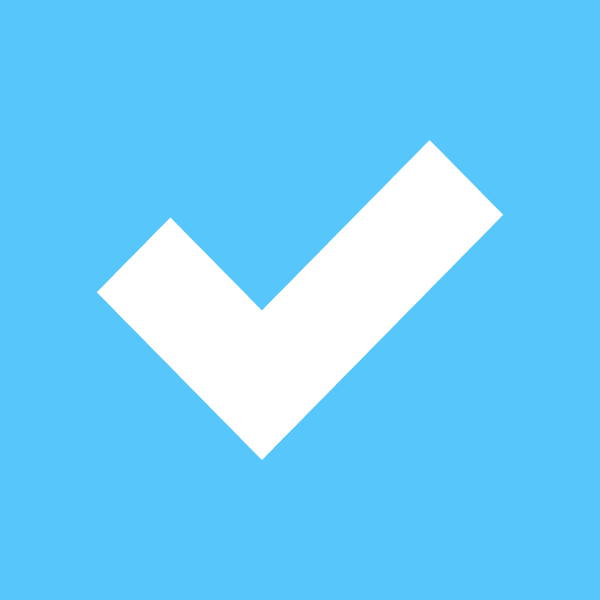Are any air conditioners energy efficient? We have the answer
Not all ACs are created equal: here are 5 that are easier on the environment.
 Credit:
Reviewed / Tara Jacoby
Credit:
Reviewed / Tara Jacoby
Products are chosen independently by our editors. Purchases made through our links may earn us a commission.
As another summer approaches and threatens record-breaking temperatures, consider the most efficient ways to cool your home. While many homeowners are transitioning to heat pumps and geothermal exchange systems thanks to tax credits and incentives, many people have no choice but to rely on traditional air conditioners to cool off, which aren’t known for being incredibly environmentally friendly.
Heating and cooling are also some of the most significant expenses in the home, and even if you usually use Energy Saver mode on your air conditioners, you may need to learn how else to economize while cooling down.
Whether you’re looking to buy a new unit that will reduce your environmental impact or want advice on maximizing your air conditioner’s efficiency and lowering your bills, here are a few things to look for and terms to understand to get the most out of your AC this summer.
Are air conditioners energy efficient?
One of the most important things to know before installing an air conditioner is whether it’s the right size for your room or home. An AC that’s too big or too small for its space won’t cool the room properly and will result in sub-par performance, so the first thing to do is measure the square footage of the space you hope to cool.
British Thermal Units, or BTUs, are used to measure the size of an air conditioner, and they range from 5,000 BTUs, which can cool off smaller rooms, all the way up to 34,000 BTUs for a 2,500 square-foot home.
It's a common misconception that buying a bigger model will cool off a small space quickly. However, according to the Energy Star website, “a unit that is too big will be less effective and offer reduced air conditioner efficiency.” This is because air conditioners remove both heat and humidity from the air.
If a unit is too big for the room it’s in, it will cool the air before it has a chance to remove the humidity, resulting in an uncomfortably damp and clammy space. So, it's best to measure your space before you shop, rather than buying an unnecessarily huge appliance or grabbing whatever is on sale.
The Energy Star site has an incredibly helpful “Buying Guidance” chart that matches room size to optimal BTU output. They recommend increasing the BTUs in kitchens and sunnier rooms, while rooms that receive little sunlight can reduce the recommended BTUs.
For optimal efficiency, many newer air conditioners also offer variable-speed compressors, also called inverters. These allow a room’s temperature to be controlled and regulated continuously rather than toggling on and off when it reaches its desired temperature. In our research, most current models available make it clear whether their compressors are variable-speed compressors or inverters.
If greenhouse gasses and the environment are top of mind while you shop for a new AC unit, there are two acronyms you can keep an eye out for GWP and CEER. GWP refers to the global warming power of the refrigerant used in the machine.
The GWP compares the warming power of a refrigerant to an equivalent amount of CO2. Many air conditioners rely on the greenhouse gasses known as hydrofluorocarbons (HFCs) as refrigerants, and their GWP is hundreds or even thousands of times higher than CO2.
We’ve noticed that many retailers and company websites are transparent about which coolants are used in their air conditioners, so it’s not hard to look for those with lower global warming potential.
These coolants are labeled R-410A, R-407C, R-32 or HFC-32, R-454B, or R-290. While those listed above are still HFCs, they’re an improvement over coolants of the past, like Freon and other ozone-depleting chlorofluorocarbons used in older ACs. (If you can’t locate a product’s coolant type online or on its packaging, the Energy Star website lists the specific coolants most major brands use.)

Which A/C unit is right for you?
The other acronym to look for is CEER, which stands for Combined Energy Efficiency Ratio (sometimes also listed as the EER). This is essentially a grade that every air conditioner receives; the higher the CEER number, the more efficient the appliance.
Energy Star’s top-rated energy-efficient air conditioners, which all have a CEER over 15, are window units that feature variable-speed compressors and use the lower-GWP refrigerant R-32. Of the eight models they recommend, four are currently available on the market.

The 8,000 BTU Midea MAW08U1QWT is a smart, WiFi-enabled AC that’s also compatible with Google Assistant and Alexa, features an inverter compressor, and has a unique U-shaped design that allows windows to be opened even after installation. The CEER rating for this model is 16, the highest rating of any air conditioner, and it has received nearly 15,000 five-star reviews on Amazon.

The Midea MAW10U1QWT is the 10,000 BTU version of the model above. It has all the same features, including compatibility with Google Assistant and Alexa, and an ability to cool spaces up to 450 sq. ft. It also receives a CEER rating of 16.

With 6,000 BTUs of cooling power, the LG DUAL Inverter Smart Wi-Fi Enabled Window Air Conditioner can cool smaller rooms, up to 260 sq. ft., can be programmed and controlled by your phone, and has a 15.5 CEER rating.

The Keystone 8,000 BTU Window Air Conditioner cools up to 350 square feet, and comes with a remote control. Unlike other models it does not feature smart technology. This model has a CEER rating of 15.
Are portable air conditioners energy efficient?
Portable air conditioners (PACs) have become a modern convenience for many who don’t have a place to install a window unit. Still, currently, none are recommended or rated by Energy Star.
However, PACs are the only option for your space. Our top pick for a portable AC, the Whynter Elite ARC-122DS 12,000 BTU Dual-Hose Portable AC, stands out thanks to a CEER of 12. Though this rating isn’t as high as our recommended window units, it’s higher than many other PACs. By comparison, our other favorite PAC, the LG LP1419IVSM, has a CEER of 7.9)
One more portable cooling option that’s significantly more energy-efficient than an AC is an evaporative cooler. These fans are not true air conditioners and contain no refrigerant at all. They blow cool, evaporated water through the air to cool off hot, dry rooms.
We recommend the COSTWAY 5-in-1 Portable Air Cooler, with the caveat that this type of portable cooler is best used in arid climates with low humidity.
It can take some time to understand what to look for when buying an efficient air conditioner, but a little bit of research in advance can save you loads of money over time and can be its own reward when the dog days of summer are here.

The Whynter ARC-122DS is at the top of our list for PACs for several reasons: it cools spaces up to 400 square feet quickly, has an impressive and sturdy filter system, and is a great value for its size.Not to mention its relatively high CEER compared to similar models.


